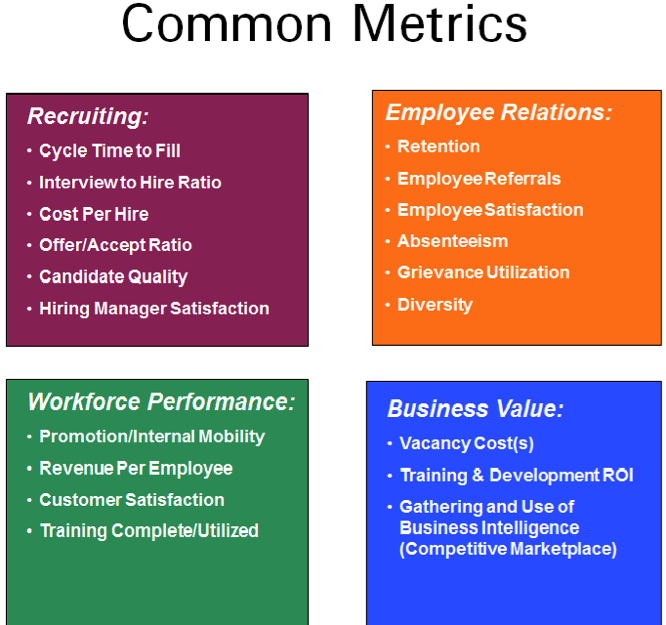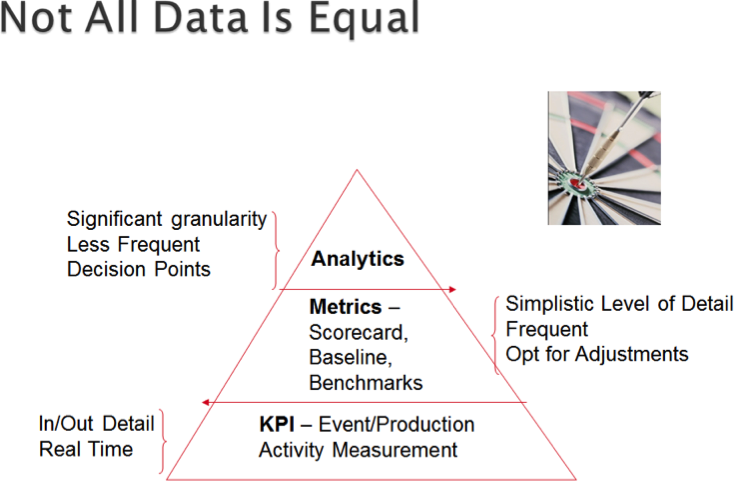 A lot of companies have been talking about big data lately, but what does mean for us in HR and talent acquisition?
A lot of companies have been talking about big data lately, but what does mean for us in HR and talent acquisition?
Simply put, it is using data to spot trends and make decisions that impact the business. This is no different from what companies have been doing for a while in other functional areas such as finance, corporate strategy, supply chain, and more recently HR. It is just that how this is captured, analyzed, and presented has changed.
Geoffrey Dubiski of Sumner Grace and I once gave a talk on “Recruiting and Your Bottom Line” at an IQPC event.
I think the points we made are still valid. Here’s an outline of some of our thoughts:
Why we should measure the impact on bottom line
- Executive leadership is demanding predictability and consistency
- Provides a competitive differentiator
- Enables you identify talent gaps — skills & competencies
- Enables you to identify areas of cost optimization
- Enables you to calculate recruitment cost ratio
- Enables you to identify and gain control of vendor and agency spending
- Enables you to see the impact of vacant positions on your bottom line
The benefits of measuring the financial impact
 Measuring the financial impact of recruiting on your bottom line provides companies with information they need to drive the organization forward.
Measuring the financial impact of recruiting on your bottom line provides companies with information they need to drive the organization forward.
- Align recruiting operations to business growth projections
- Identify and minimize missed opportunity costs
- Determine effective recruitment spending
- Determine potential efficiency gains along the recruitment lifecycle
- Drive productivity and results across your entire organization
Where we can begin
Start by looking at the following areas:
- Long range and annual operating plans for the business
- Workforce plan:
- Hiring volume for a period of 12 months
- Business scenarios that could spike the volume
- Retiree risk
- Voluntary and involuntary exits
- Talent review — performance and succession data
- Identify critical roles
- Talent availability in markets — market analysis
- Employer branding and value proposition
- Why work for this company?
- What do the current employees say about this company?
- What is the current turnover rate?
Easier said than done! Companies want to do this, but may find that:
- It’s hard to calculate cost per hire
- Building a model from scratch is difficult
- Finding the data is a time-consuming task
- You’re unsure what metrics executive leadership is seeking
Best practices for measuring the financial impact of recruiting
- Start by understanding what the business needs over the next 12-24 months
- Evaluate known costs — “We wrote that check” — as well as the unknown costs
- Clearly define assumptions